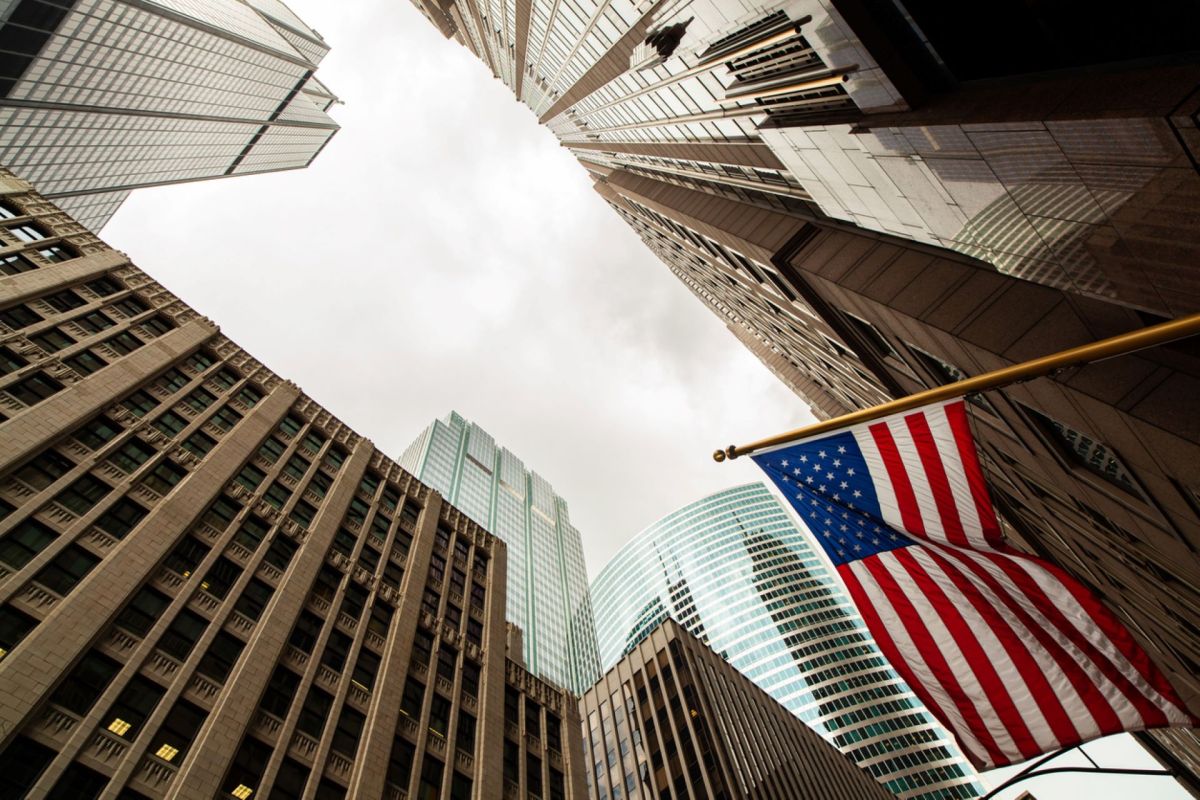It's a well-established fact that moths are attracted to flames — to the point the phrase even has its own entry in the dictionary — but another type of light event recently contributed to the "gruesome" scene of a large number of migrating birds falling to the ground, highlighting the importance of understanding how our interactions with the environment affect other species.
What happened?
During the first week of October, approximately 1,000 birds died after running into Chicago's McCormick Place Lakeside Center, a sizable exhibit space that had left its lights on overnight, according to Katie Hawkinson of Insider.
"It's just absolutely your worst nightmare," said Christine Sheppard, a director with a focus on anti-collision efforts for the American Bird Conservancy.
Annette Prince, a director of the Chicago Bird Collision Monitors, added that the poor weather in Chicago had caused many birds to delay their migration, creating a "perfect storm" when the creatures were drawn to the lights of the building.
Why is this concerning?
While leaving the lights on at night can feel comforting, it can wreak havoc not only on our winged friends like birds to insects, but also humans.
Millions of birds die every year because of the effects of light pollution, according to the Convention on the Conservation of Migratory Species of Wild Animals.
With our planet becoming increasingly illuminated — with more than 80% of humans worldwide living under artificially illuminated skies — and temperatures rising globally, the biological rhythm of birds has also experienced disruptions that can lead to dangerously altered behaviors.
And it's not just birds being affected by all that extra light.
In 2016, the American Medical Association found that brighter lighting in residential areas at night negatively impacts sleep time and quality. Sleep deficiency has been linked to a variety of chronic health problems.
What's being done about it?
While McCormick Place already runs a bird sanctuary and works with the Chicago Field Museum to prevent bird collisions, Sheppard said the building should also add some sort of coating to the glass so that the birds are able to see the danger.
There's no word yet on whether the space will adopt those measures, but it is reportedly a member of the Lights Out program, which advocates for building owners and managers to dim or extinguish lights during migratory seasons.
For those looking to participate in the initiative on an individual level, the breeding season — which varies based on location — along with the spring and autumn migrations are times when it's most vital to dim those lights.
Join our free newsletter for cool news and cool tips that make it easy to help yourself while helping the planet.









